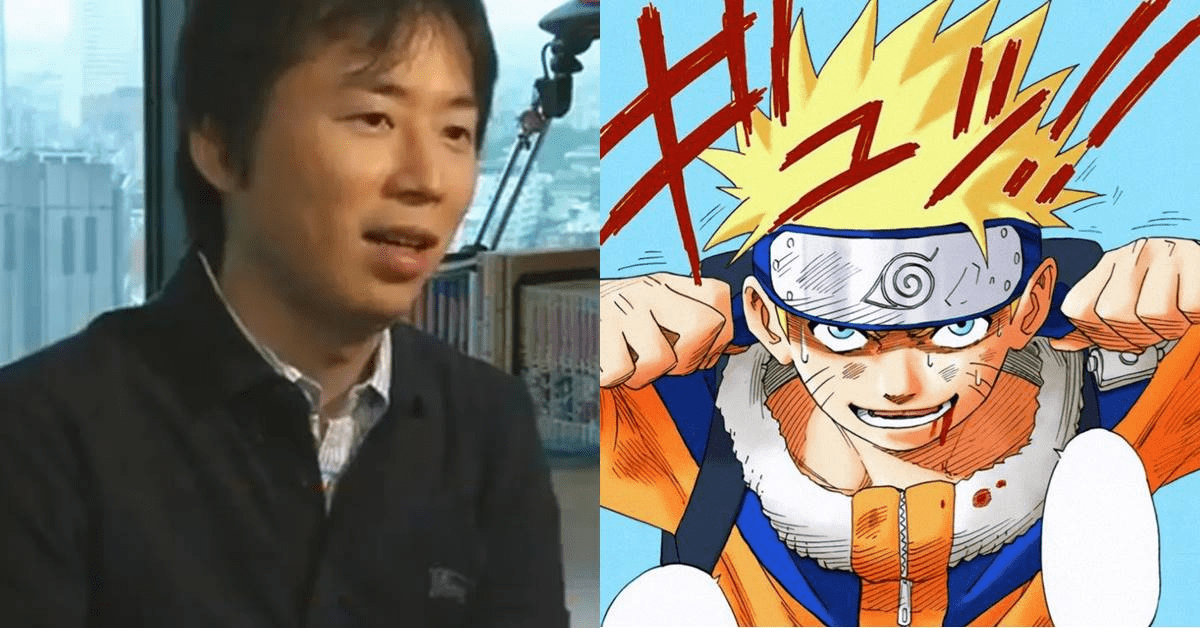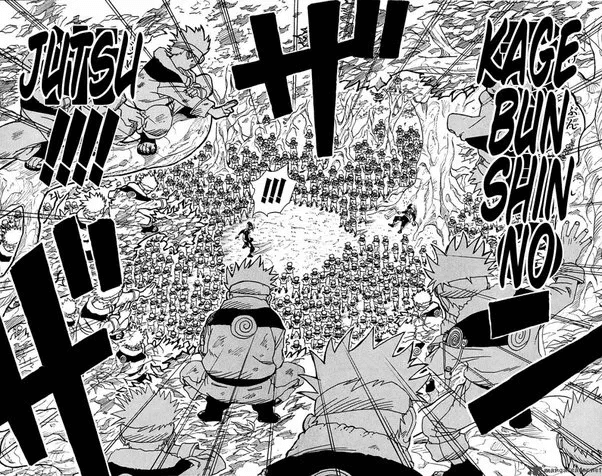The Impact of Shadow Clone Jutsu on Naruto’s Growth

According to Masashi Kishimoto, the introduction of the Shadow Clone Jutsu, or Kage Bunshin no Jutsu (影分身の術), marked one of the most significant developments in Naruto’s abilities. This technique is classified as advanced and Naruto, at the time of its discovery, was still relatively inexperienced.
The primary reason for this is that Naruto’s strength was initially overwhelming. This technique belongs to a high tier of jutsu, and it wasn’t until later that Kishimoto revealed Naruto had to learn to control its potent power. Another point that Kishimoto later emphasized is that Naruto had to deal with the pressure of creating multiple clones in the manga, which was truly a daunting task.
When employing Kage Bunshin no Jutsu, the user can create one or multiple copies of themselves. Notably, these shadow clones are capable of interacting with objects and other people, just like a real living body.

As more clones appeared, Kishimoto had to draft new guidelines. As Naruto grew stronger, he was able to create even more clones. Imagine the workload not only involving the creation of clones but also the hundreds of scenarios Naruto faced in battle. Ultimately, balancing power dynamics became a concern, but it was necessary to consistently design a character that would evolve over time.
Despite the fact that this technique caused Kishimoto to exert considerable effort and occasionally lead to narrative fatigue, it cannot be denied that it significantly contributed to Naruto’s success.





















